
Mechanical Filtration;
It should be used daily for a water without impurities.
|
S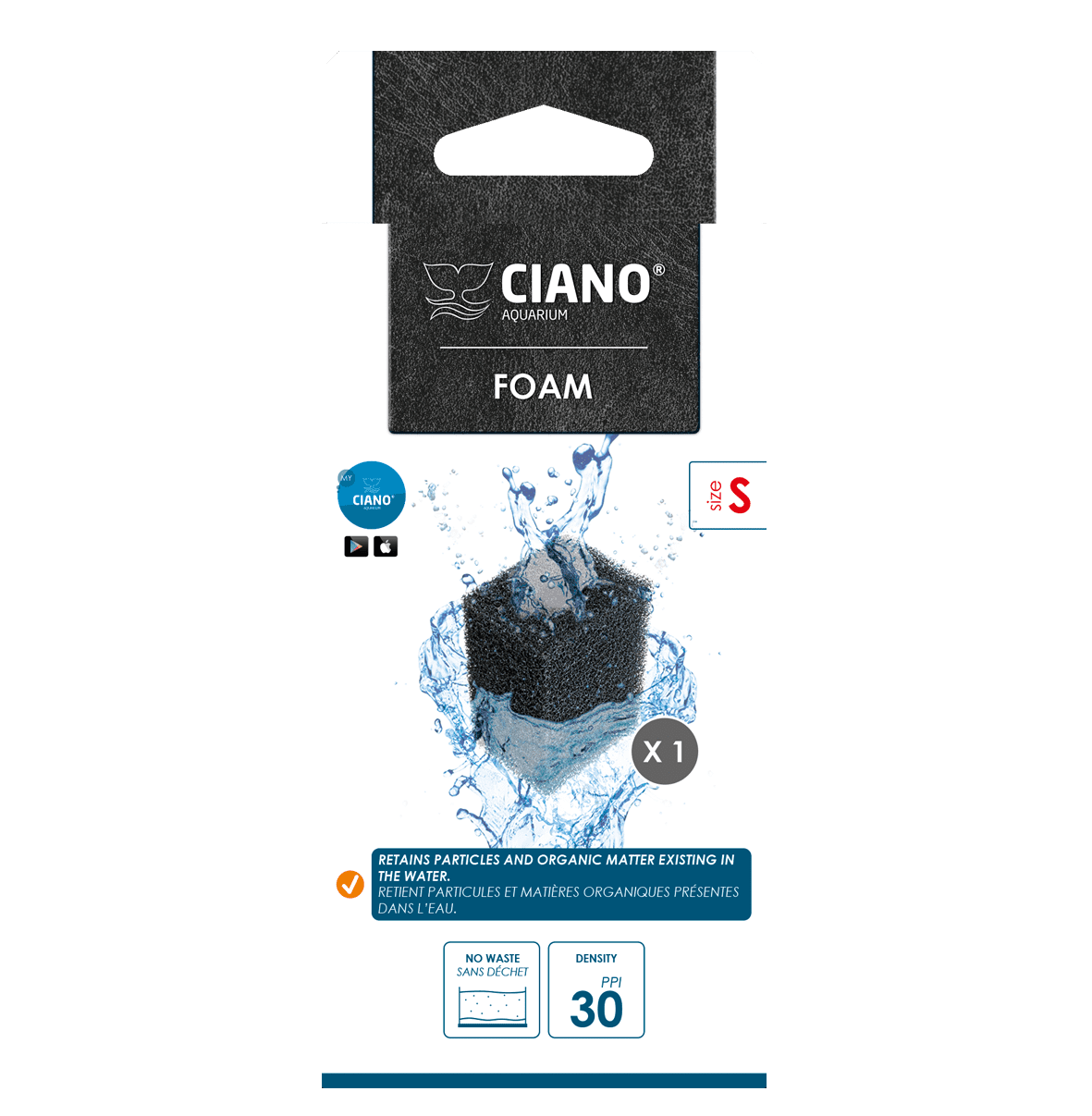 |
M 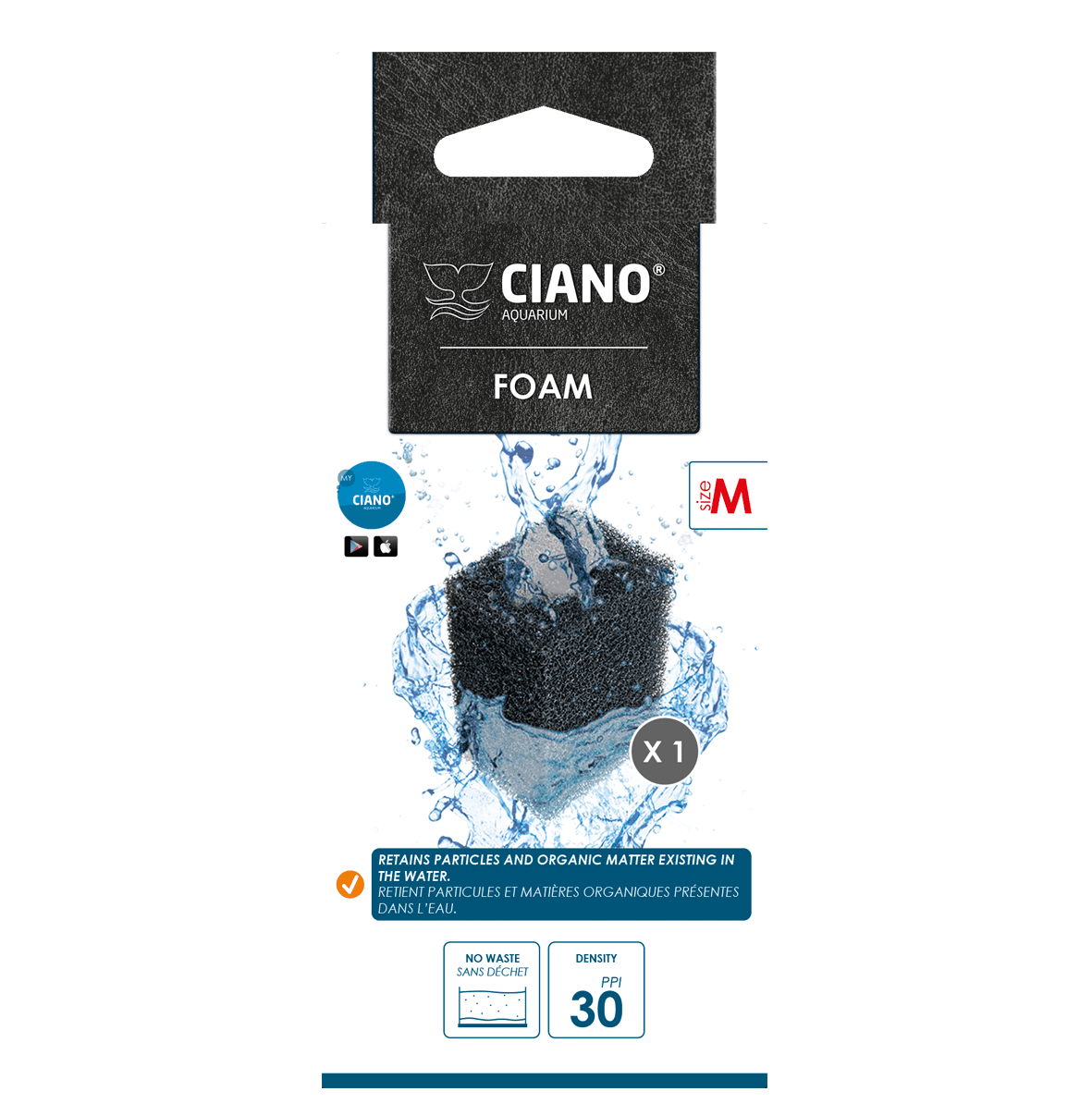 |
L 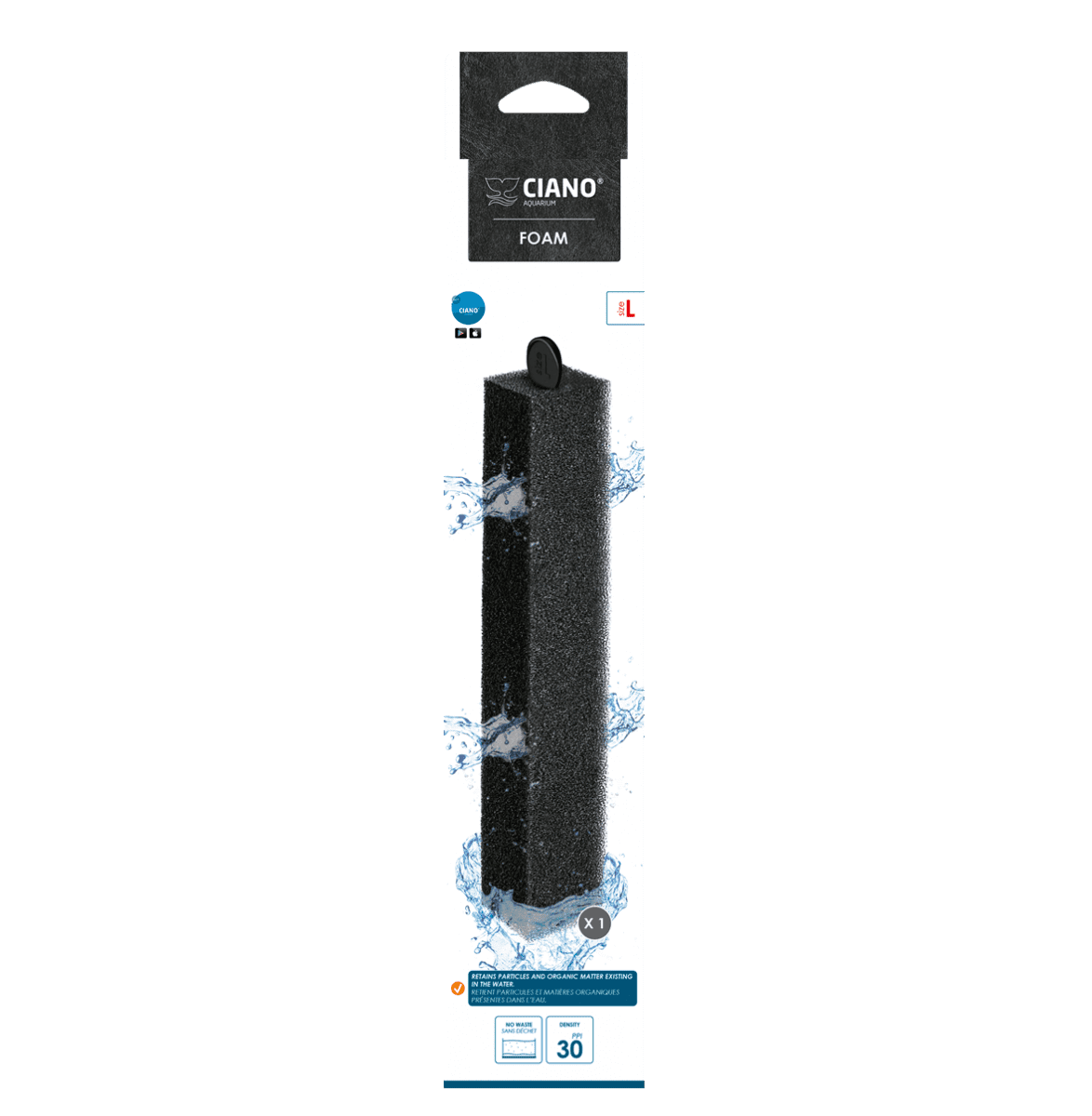 |

For simple management of the filtration system, Ciano has the My Ciano application, which allows real-time monitoring of consumable wear, creating alerts for the renewal of the consumables.
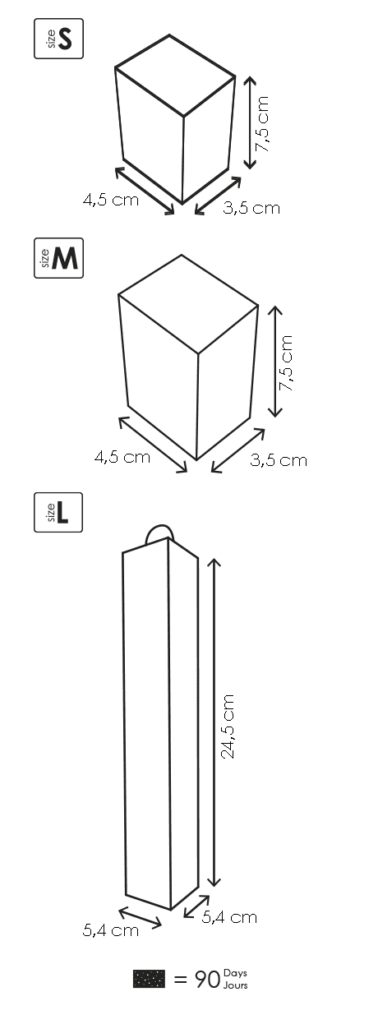

Retains existing particles and organic matter.

30PPI for a better relationship between water flow and particle retention.
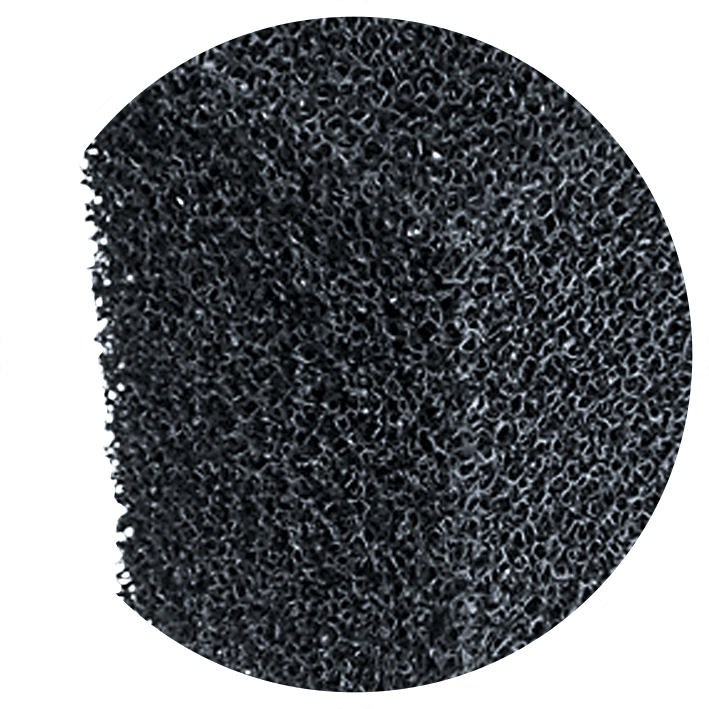
Sponge with high quality materials.

90 days.
Have a good filtration system
Essential for the health of the Aquarium, the filtration system must be proportional to the volume of water, a good system has three types of filtration: Mechanical, Biological and Chemical.
In addition, it is important to have a pump, which helps to promote the movement and oxygenation of the water.
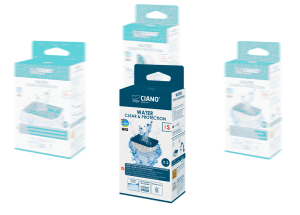
Test the water parameters regularly

Offer adequate food and in the right amount
Do partial water changes
No matter how dark and cloudy the water is, all the water in the Aquarium should never be completely changed, because like any ecosystem, a stabilized aquarium has beneficial bacteria, which must be maintained.
At most, the exchange must correspond to 1/3 of the Aquarium’s water volume.
Change Consumables and Fish Protection Dosator
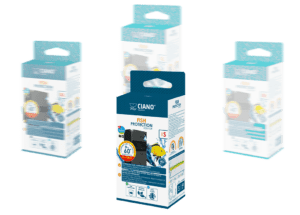
Tab 3 – button b
Daily, if you have species that require it, check the water temperature
with the thermometer, and remember to always place it away from the Heater so as not to tamper with the results. Know now the care you should take with Water, Fish and Plants.
Daily, if you have species that require it, check the water temperature
with the thermometer, and remember to always place it away from the Heater so as not to tamper with the results. Know now the care you should take with Water, Fish and Plants.
When you start this activity, the desire is to place the greatest number of fish, with the most different existing species.
Many beginner tanks have a high mortality rate, cloudy water and foul odors. In most cases, overpopulation in the aquarium considerably increases the amount of food needed and, consequently, increases the amount of waste in the water, which can lead to an increase in ammonia and nitrite, toxic compounds for fish.
There are an infinite number of possible fish combinations for each size of tank that we could recommend.
More Fish > Waste
Space – Ten 1cm tetras do not have the same body volume as a 10cm oscar. If your idea is to keep bigger fish, the amount of space becomes an important factor to consider.
Bigger Fish > More Space
Aggression level of your fish, ie, in African cichlids, the key is to add more fish and decrease the swimming space, so that no single fish has room to establish and defend its own territory.
Or a betta fish that lives in a community pond. Bettas tend to stay on top of the pond and can get aggressive if other fish are swimming close to the surface in their territory. In that case, you can choose tank mates that swim in the middle and bottom layers of the tank and that, for the most part, stay out of the way of the betta fish.
An aquarium is a living ecosystem and will change over time. Some species reproduce quickly and population booms can increase the waste load, so it may be necessary to remove fish to compensate. Healthy plants also grow over time, which reduces the waste load but reduces the available space.
First, having plants in an aquarium is not just a piece of decoration.
Natural plants bring many benefits. Fish are much more comfortable when we can simulate their natural habitat, just like us. In addition, plants also help balance substances in water.
Before starting a planted tank, it’s good to know what factors must be in place to ensure good results:
Anubias:
It has broad, dark green leaves that provide shelter and protection for the fish. It is considered one of the natural plants for Betta aquarium, extremely resistant and easy to maintain.
Elodea
A very resistant plant that resists even the least experienced aquarists! It’s a great haven for small fish!
Java Moss
Versatile, Java moss is one of the most popular, hardy, and easy-to-grow creepers. However, fixing it can be tricky for a beginner. Use an aquarium fishing line or other materials that do not compromise the water balance.
For those who want to start this hobbie, the types of freshwater fish are the most recommended.
Aquarium maintenance is simpler compared to a marine aquarium, and fish are also easier to care for and maintain.
Goldfish or Goldfish
They are the most famous among the various freshwater species. This fish can live very well with another and, in addition, they do very well at room temperature, between 18ºC and 22ºC.
These fish eat a lot and, consequently, tend to defecate frequently, so it is important to test the parameters with the Water Test Strips, and proceed, if necessary, with the correct maintenance of the aquarium.
Guppies
They have a huge variety of colors and patterns, are resistant and reproduce very easily.
For people starting the activity now we recommend the Guppies. They live at 17-28ºC, and are compatible with Plati, Swordfish, Corydoras and Oto.
Avoid cichlids, as they are aggressive and fast and have a voracious appetite for smaller fish.
Tetra
Tetra are one of the most recommended if you want to have more than one fish in your aquarium. Resistant and showy, they live at 23-29ºC and in community.
Betta
The most colorful species, with very elegant tails and fins. We advise you to have this species, but be careful to mix it with other species.
Betta males do not usually get along well when raised with other males, as Betta females can get along very well with other fish, so find out from your shopkeeper the sex of this species if you want to pair with more fish.
1st Place the substrate (ask your shopkeeper for information about a good substrate);
2nd Place Sand and Water up to 1/3 of the Aquarium’s height;
3rd Place natural plants (check compatibility with your fish, ask the shopkeeper for information)
4th Place the decorations, but first wash carefully with warm water and never, at any time, use soap or detergents – they are highly toxic to fish;
5th Add the remaining volume of water;
6th Put the Fish Protection Dosator, to prevent diseases in fish;
7th Place the filter and consumables for filtration;
8th If you have species of warm water fish, we advise you to see this table and adjust the water temperature and measure it; (during temperature measurement, never place the thermometer near the heater, which could be misleading)
9th Turn on the filter;
10th Add the contents of the StartUp Kit, in order to prepare the water for your fish;
11th 4h after adding the StartUp Kit, you can add 1/3 of the most resistant fish;
12th After 5 days, you have to measure the water parameters, to ensure that your fish’s new house is in excellent condition, and for that use the Water Test Strips;
13th If everything is ok, add the remaining fish after 3 weeks;
1st – Place the Sand;
2nd – Place the Decoration, but before washing carefully with warm water and never, at any time use soap or detergents – they are highly toxic for fish;
3rd – Fill the aquarium with water;
4th – Place the Fish Protection Dosator, to prevent fish diseases;
5th – Place the filter and filtration consumables;
6th – If you have species of warm water fish, we advise you to see this table and adjust the water temperature and measure it; (during temperature measurement, never place the thermometer near the heater, which could be misleading)
7th – Turn on the filter;
8th – Add the contents of the StartUp Kit, in order to prepare the water for your fish;
9th – 4h After adding the StartUp Kit, you can add 1/3 of the most resistant fish;
10th – A fter 5 days, you have to measure the water parameters, to ensure that your fish’s new house is in excellent condition, and for that use the Water Test Strips;
11th – If everything is fine, add the remaining fish after 3 weeks;

The Fish Protection Dosator was formulated with the aim of protecting your fish from disease.
The “Fish Protection” liquid guarantees a reinforcement of the fish’s immune system, works as a protective barrier against disease-causing parasites, accelerates the entire healing process in case of injury.
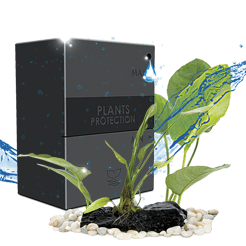
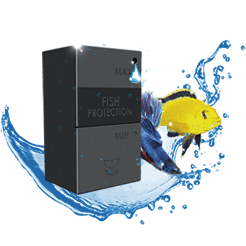
Check your fish in detail (rapid breathing, anormal behavior, wounds, spots, ETC…)
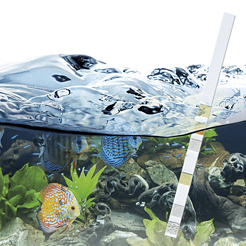
You should take water measurements at least every 15 days.
The parameters to be measured are:
The only way to be sure that your Aquarius is truly healthy is to measure these parameters.
They will provide important data to correct these parameters, if necessary.
With Water Test Strips you’ll be able to do these tests and get advice for corrective actions.

